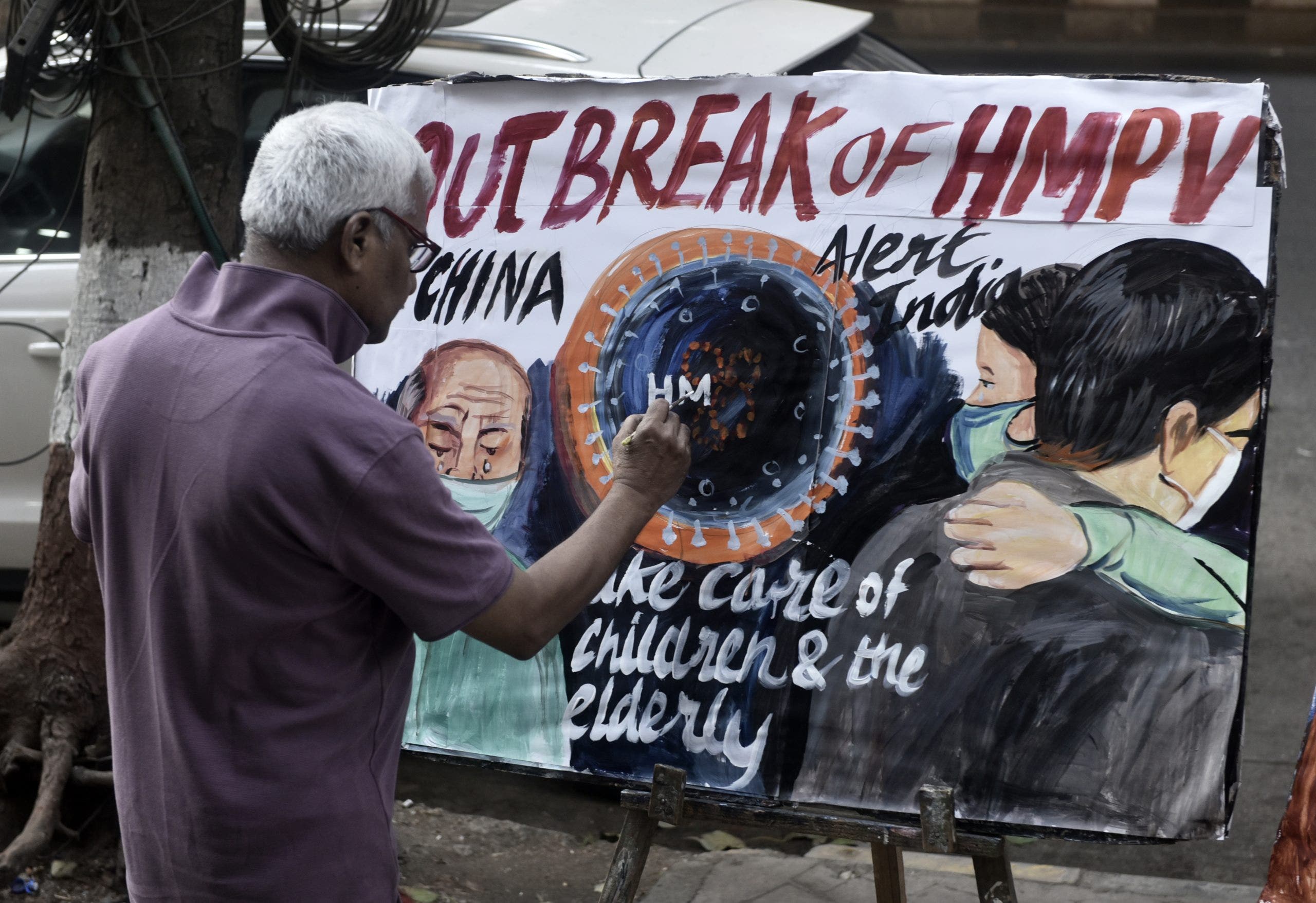WASHINGTON – The Air Force is reporting the first data on cancer diagnoses among troops who worked with nuclear missiles and, while the data is only about 25% complete, the service says the numbers are lower than what they expected.
The Air Force said so far it has identified 23 cases of non-Hodgkin lymphoma, a blood cancer, in the first stage of its review of cancers among service members who operated, maintained or supported silo-based Minuteman III intercontinental ballistic missiles.
To identify those cases the Air Force looked at all missile community personnel who used the military health care system, or TRICARE, from 2001 to 2021, a population they said is about 84,000 people and includes anyone who operated, maintained, secured or otherwise supported the Air Force nuclear mission.
Within that community about 8,000 served as missileers, young men and women who are underground in launch control capsules for 24 to 48 hours at a time — ready to fire the silo-based Minuteman missiles if ordered to by the president.
The Air Force review of cancers among service members who are assigned to its nuclear missile mission was prompted by January 2023 reports that nine missile launch officers who had served at Malmstrom Air Force Base in Montana had been diagnosed with non-Hodgkin lymphoma.
The 23 cases identified so far are lower than what would be expected over the 20-year time frame when compared to similar incidence rates in the U.S. general population, the Air Force said. Based on National Cancer Institute Surveillance, Epidemiology, and End Results data on the incidence of non-Hodgkin lymphoma for the same time frame, Air Force researchers would expect to find about 80 NHL cases in the larger 84,000-person missile community.
It also did not identify how many of those 23 cases were found among the smaller missileer population versus among the larger pool of service members who support the nuclear mission.
The Air Force has emphasized that it still doesn’t have all the data. The study does not yet include state cancer registry and Department of Veterans Affairs data, which limits what numbers are reported. The military health care system only serves active duty personnel, their dependents and qualifying retirees, meaning that service members who left the military before they had completed 20 years of service, but who were diagnosed after they left, may not be included in these numbers.
The nuclear missile community has formed an advocacy group to press for answers on the cancers, named the Torchlight Initiative, and has found hundreds of cases of NHL among its ranks.
Missileers have raised concerns for years about the underground capsules they work in. The capsules were dug in the 1960s on older environmental standards and exposed them to toxic substances. An Associated Press investigation in December found that despite official Air Force responses from 2001 to 2005 that the capsules were safe, environmental records showed exposure to asbestos, polychlorinated biphenyls, or PCBs and other cancer-linked dangers were regularly reported in the underground capsules.
The Air Force is continuing its review.
Copyright 2024 The Associated Press. All rights reserved. This material may not be published, broadcast, rewritten or redistributed without permission.





